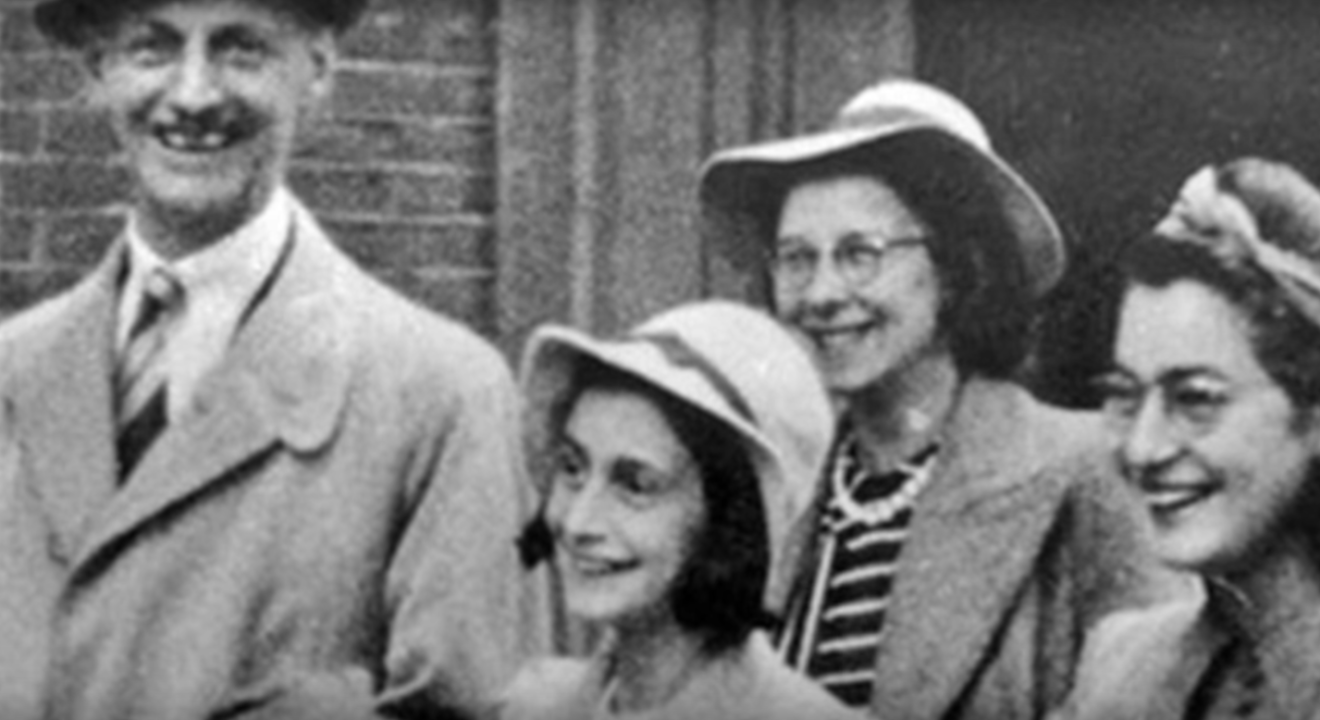Inspiration December 18, 2016


Anne Frank, the young Jewish girl diarist who hid from the Nazis during World War II, is one of the most famous historical figures of the 20th century.
While it was initially thought that people of the Annex were betrayed by someone who knew their location, a new theory has emerged, suggesting that Anne Frank’s family was captured not because of a tip off but because of pure coincidence.
A new study released by the Anne Frank House proposes that “there was more going on at 263 Prinsengracht than just people being hidden in the Secret Annexe.” Research suggests that “it is possible that the SD searched the building because of this illegal work and fraud with ration coupons, and that the SD investigators discovered Anne Frank and the seven others in hiding simply by chance.”
So who is Anne Frank and what made her – and the four other teens on this list – so special?
This young woman (1929-1945) lived in Amsterdam during World War II. When she was only 13 years old, she and her entire family were forced into hiding from the Nazis. Living in the Secret Annex above Otto Frank’s work office, the Frank and van Pels families remained in hiding until they were discovered, arrested and sent to different concentration camps in August 1944.
Throughout the length of her isolation in the Annex, Anne faithfully wrote in her diary, capturing daily events and her growing relationship with Peter van Pels. When Otto – the only surviving Frank – returned at the end of the war, he published Anne’s diary, which has been translated into 67 languages and sold over 30 million copies.
READ MORE: #WomenThatDid: Anne Frank
A photo posted by Anglice (@angliceig) on
King Tut was pharaoh of Egypt from the age of nine until his death at the age of 19 in 1324 B.C.
According to History, Tut’s great legacy is his reversal of his father’s “tumultuous” religious reforms. “Early in his reign Tutankhamen reversed Akhenaten’s reforms, reviving worship of the god Amun, restoring Thebes as a religious center and changing the end of his name to reflect royal allegiance to the creator god Amun.”
When the King’s burial place was discovered in 1922, it allowed historians and archaeologists a glimpse into the burial practices of ancient Egyptians. Many of his artifacts circulate worldwide in various museum exhibits.
Joan of Arc (1412-1431) is a French heroine and Catholic saint who helped defeat the English at the battle of Orléons during the Hundred Years’ War.
At the age of 18, Joan claimed to have received messages from the Archangel Gabriel and Saints Margaret and Catherine of Alexandria which prompted her to join the war against the English. A year after the French victory at Orléons, Joan was arrested and handed over to the English, who charged her with heresy and burned her at the stake.
Louis (1809-1852) was the young man who invented Braille at the age of 15. While he was born with sight, he was injured at the age of three and was left unable to see. While at a school for the blind, Charles Barbier inspired him to use a system of embossed dots to represent letters and numbers. This language, named after Louis, is now used worldwide and has been adapted to many different languages.
Braille’s invention allowed him and other blind students to live successfully. In fact, Braille was a teacher, researcher and musician until his death at the age of 43, says National Braille Press.
Malala (1997-present), a Pakistan native, is known world-wide for her activism. While fighting for young girls’ right to an education, Malala survived an assassination attempt by the Taliban.
This act of violence did not stop the young activist; she has continued to fight against domestic abuse and for women’s education rights. When she was only 16, she was asked to speak for the United Nations, where she preached a message of forgiveness and peace.
In addition, this young activist founded the Malala Fund, which seeks to “empower girls and amplify their voices” and has also built a school for 200 Syrian refugees in Lebanon.
READ MORE: Malala Yousafzai’s Extraordinary Beginning as an Activist